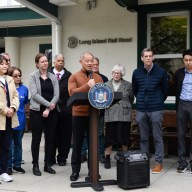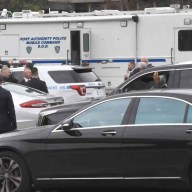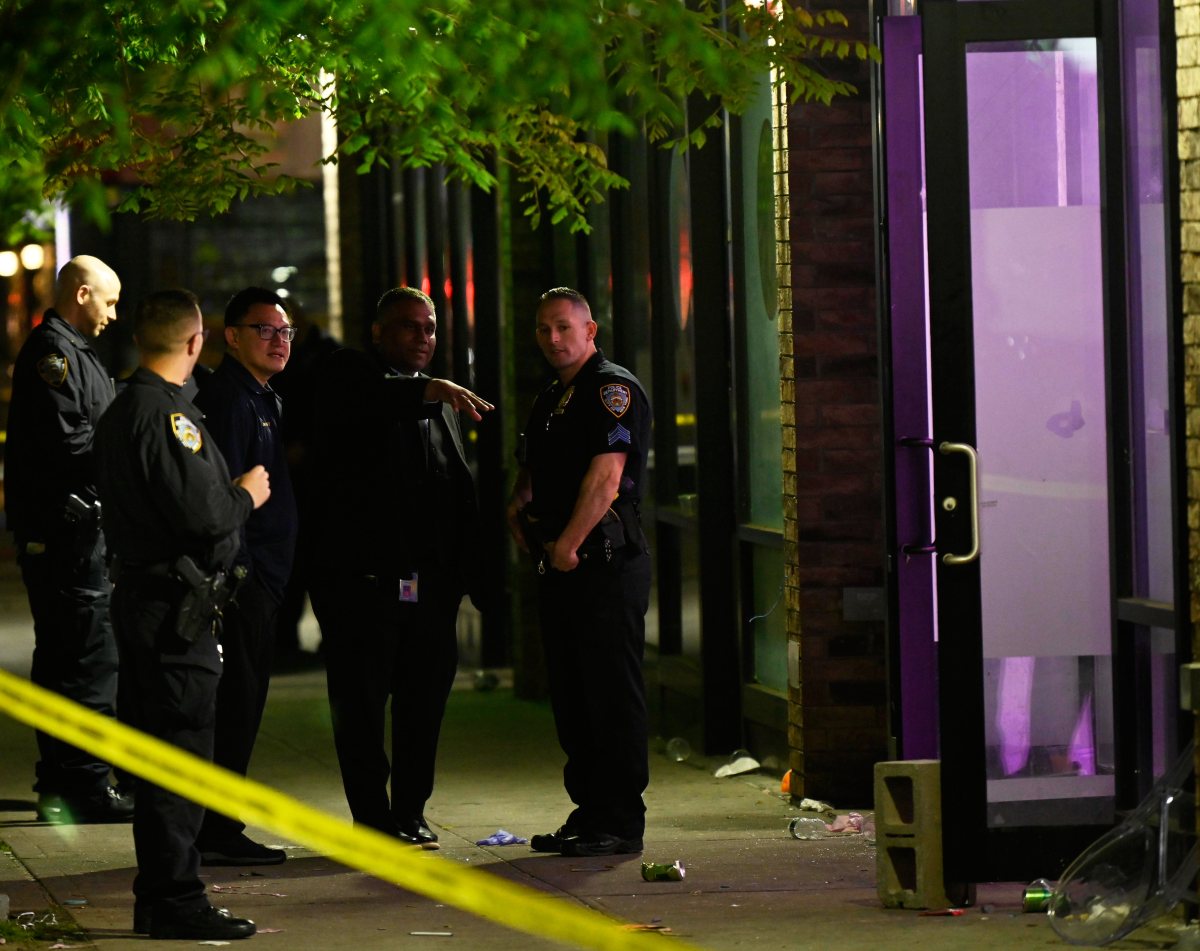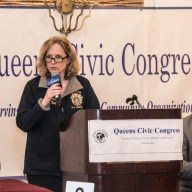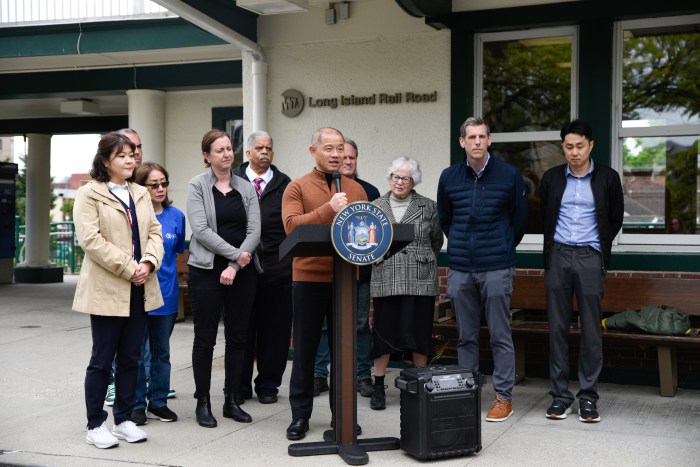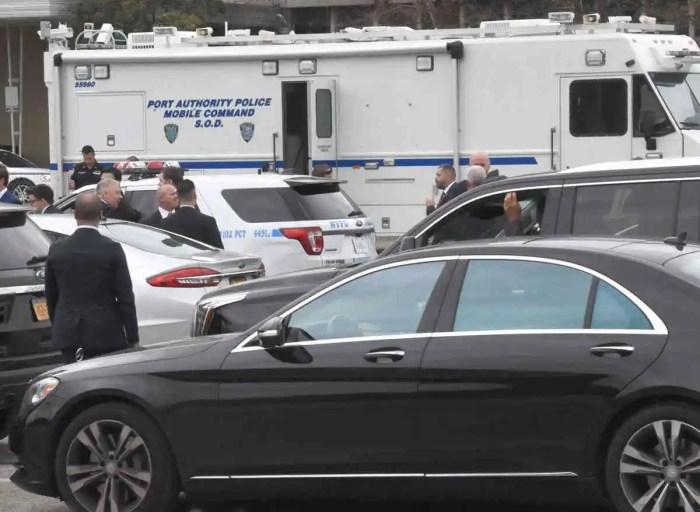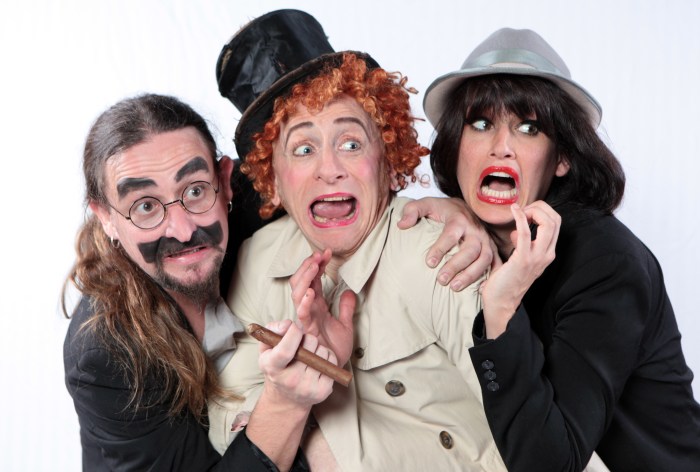By The TimesLedger
All you need to know about Springfield Gardens High School is that, in the 2000-2001 school year, one out five students was suspended at least once. There were three times as many incidents that required police intervention than at the average city high school.
At the urging of state Sen. Malcom Smith (D-St. Albans), the school has adopted a zero tolerance stand towards students who engage in acts of violence. The theory is that no student who truly wants an education should have be afraid to come to school. The way things are now – or at least the way they have been – fear is a fact of life.
Zero tolerance sounds like a good thing, but what will become of the troublemakers? If Springfield elects to expel its troublemakers, the Board of Election will be looking for alternative space for 20 percent of the student body. Without an intervention by the Board of Ed, these problem kids will go on to become problem adults with bad attitudes and poor reading skills. The teachers will like it because they will left with the 80 percent of the student body that actually wants to be there and wants to learn.
The get-tough stand will only serve the community when there will be credible assurance that those kicked out of Springfield Gardens High School will get the educational services and guidance they need.
The Queens district attorney is prepared to prosecute any student who engages in violence. That's fine. But, society must be equally prepared to intervene early on in the lives of students most at risk of violent behavior. They are not that hard to identify. They come from violent and dysfunctional homes. Most have themselves been the victims of abuse.
Unless we deal with the problem kids, zero tolerance does little more than shift the problem to another location.






